
7 Myths About Swords
Published in Entertainment at April 19th, 2017 at 5:07 AM
7 myths about swords. Creation of a sword is often depicted in the media as almost an ethereal process, and probably involves two sweaty blacksmiths pouring glowing orange steel into a mold. Eventually, as it cools, the would-be blade is taken out of the mold and beaten into shape on an anvil before being sharpened. As much as this might make for a rather cinematic scene, it would also make for a rather terrible sword. Both Conan the Barbarian movies get this wrong.
The Blood Groove
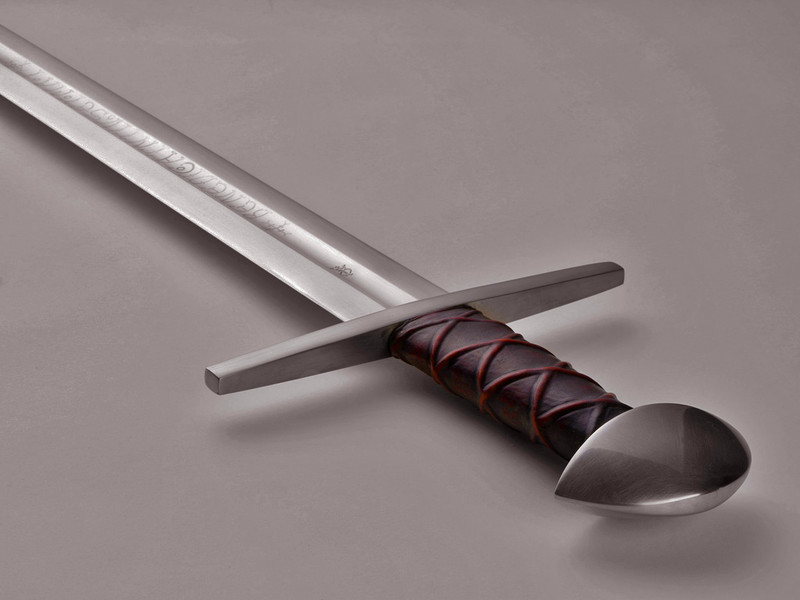
Most swords will have a groove running down the back or middle of their blade, something that is often incorrectly referred to as the ‘the blood groove’. The misconception goes that the grove exists to allow blood to drain from whoever is unlucky enough to be stabbed with the blade;
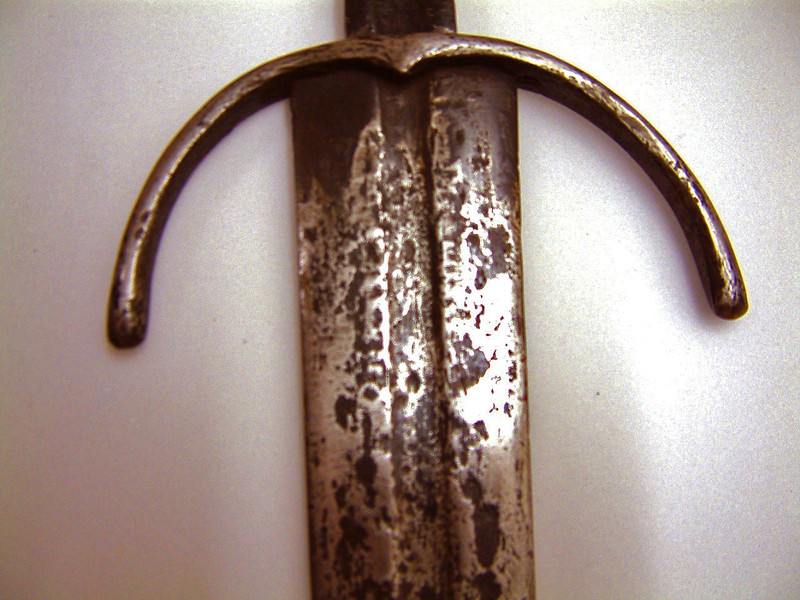
else the blade will become stuck due to changing in pressure caused by the wound. This is entirely false. Many sword blade feature this grove in places that are very unlikely to end up inside the victim,
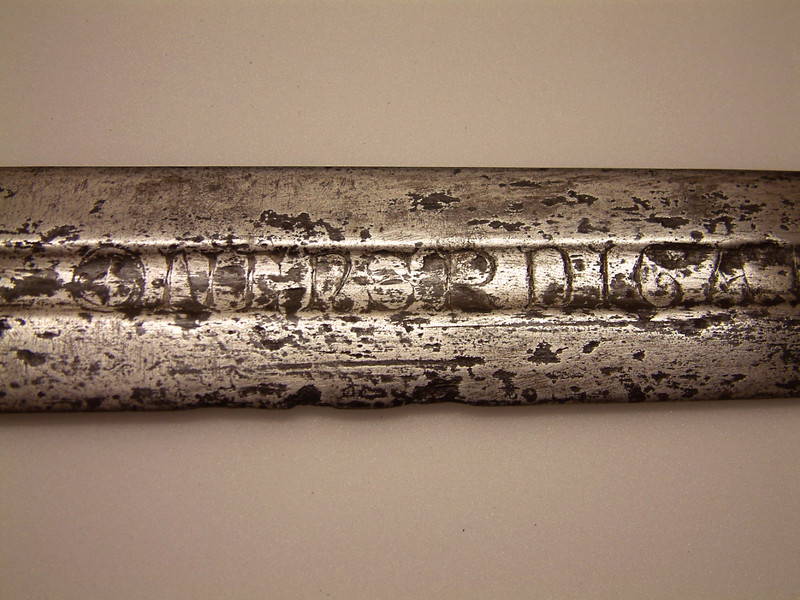
even with a mighty thrust.The ‘fullered groove’, or more commonly, the ‘fuller’, serves a much more mundane but very practical purpose. It exists to as a means of keeping the sword lightweight. A smith uses a bevelling tool,
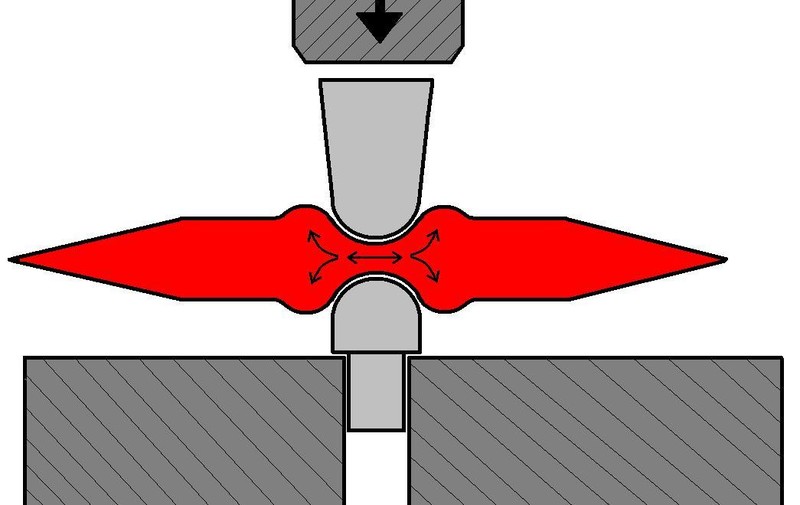
also called a ‘fuller’, to redistribute and remove excess steel down the spine of the blade. Properly fullering a blade can shed between 20 and 35% of the weight, make the weapon much easier to wield. It's similar principle to I-beam girders.
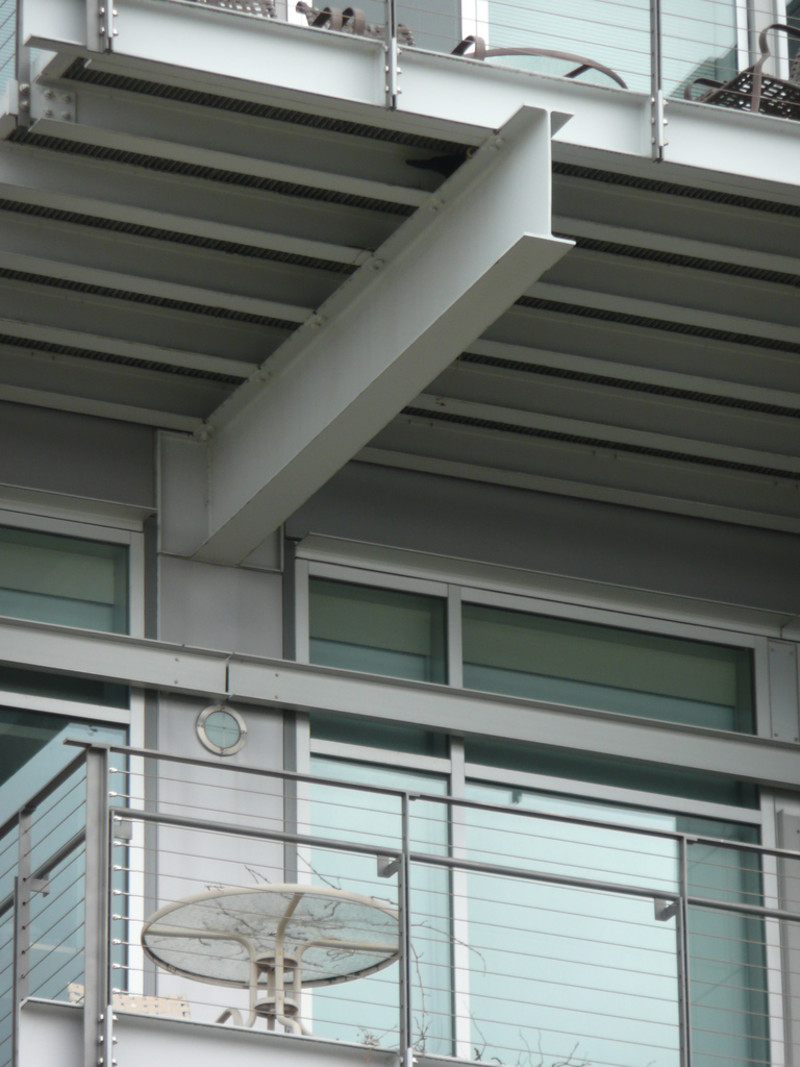
A block of steel would do the job, but fullering allows the excess steel to be removed without compromising
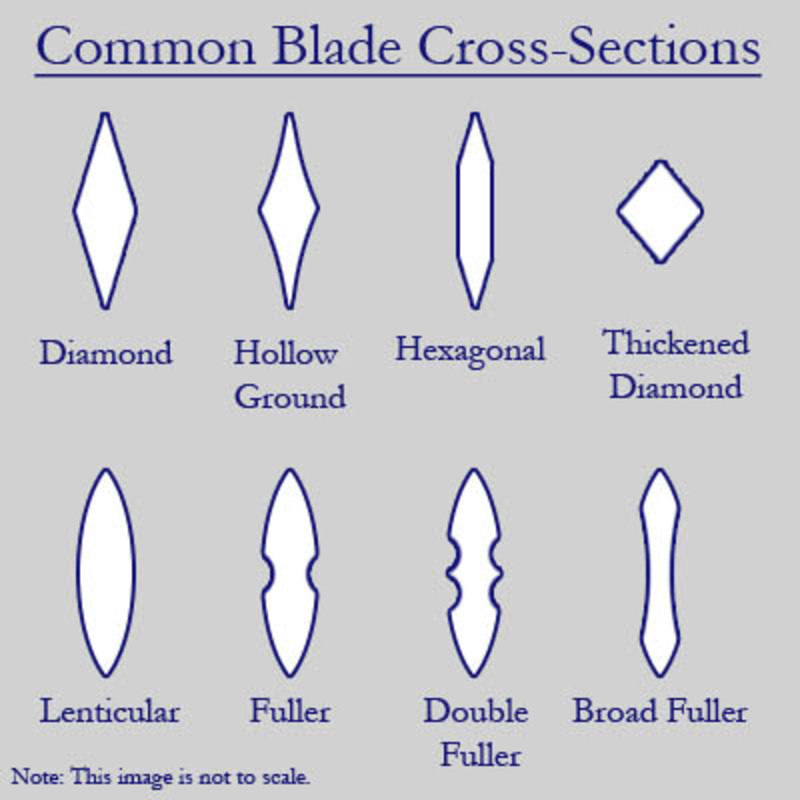
the overall integrity of the blade. Careful use of fullering can even somewhat control the types of stress
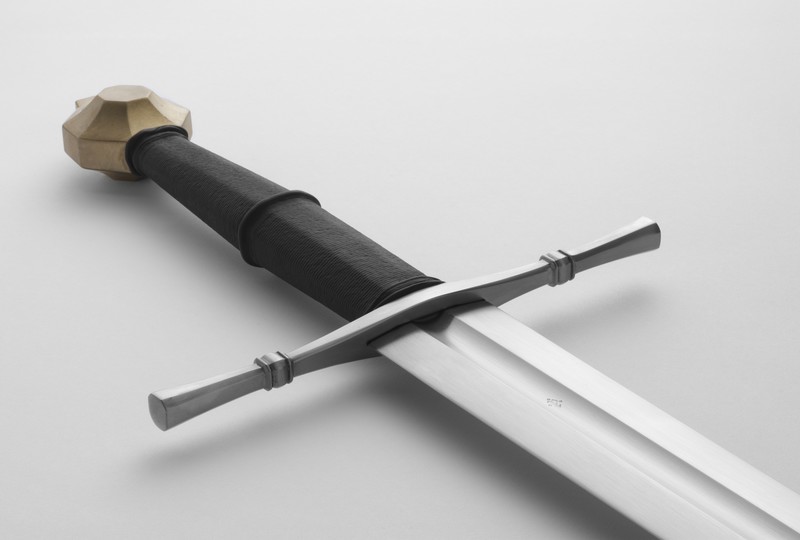
the sword blade receives upon impact when in use.
The Rapier

The Rapier probably has somewhat of a reputation. You might think it the weapon of choice of handsome but foppish men and girly girls; graceful but deadly, but as an ultimately flimsy weapon capable only of thrusting.
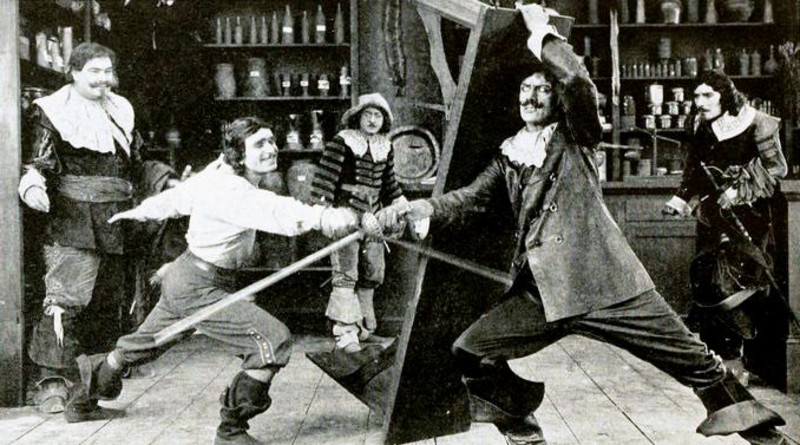
While it is true that rapier fencer might fancy themselves as quite handsome, the weapon itself is actually pretty damn brutal. For one, you might think to be a lightweight sword, but this is not true. Rapiers were quite heavy,

weighing about the same as the knightly arming sword, and still required some quite a lot of muscle endurance to wield for a length of time. Evolutionary speaking, the Rapier probably evolved from the Arming Sword, by way of the Side-sword:

becoming longer, thinner and more thrust orientated as the required use of the weapon changed. As the use of certain armours died out due to the presence of firearms, the need for a good civilian use personal defence sword arose. The Rapier’s thrust orientated style lent itself very well to being used in narrow alleys or crowded areas where swinging a sword about was just not possible.
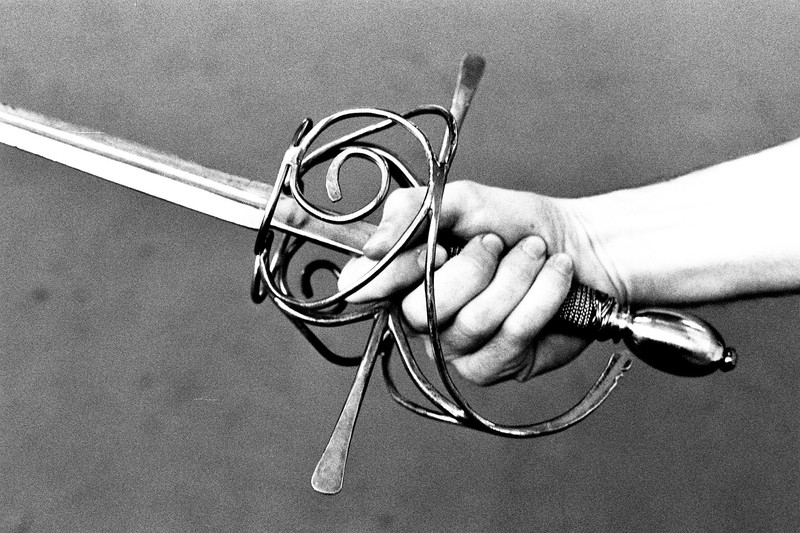
This of course did not mean that Rapiers were unable to cut. Italian Rapier master, Ridolfo Capo Ferro, often suggests cuts with the Rapier as alternatives to a trust in his fencing manual. It is true that a Rapier cut is less likely to be lethal than a cut from a dedicated cutting sword,
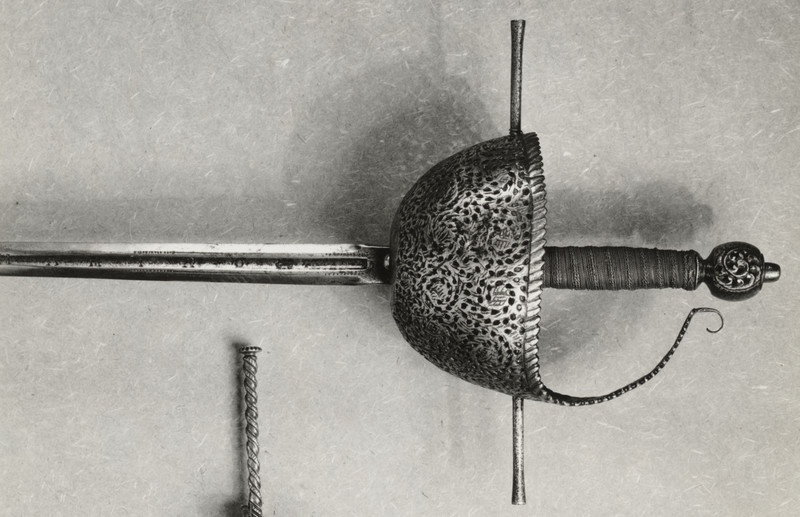
but it will still do some damage, especially if it catches the right muscle or artery. A lot of old swashbuckling movies have put Rapiers in places they don’t belong, like in the hands of 12th Century hero,
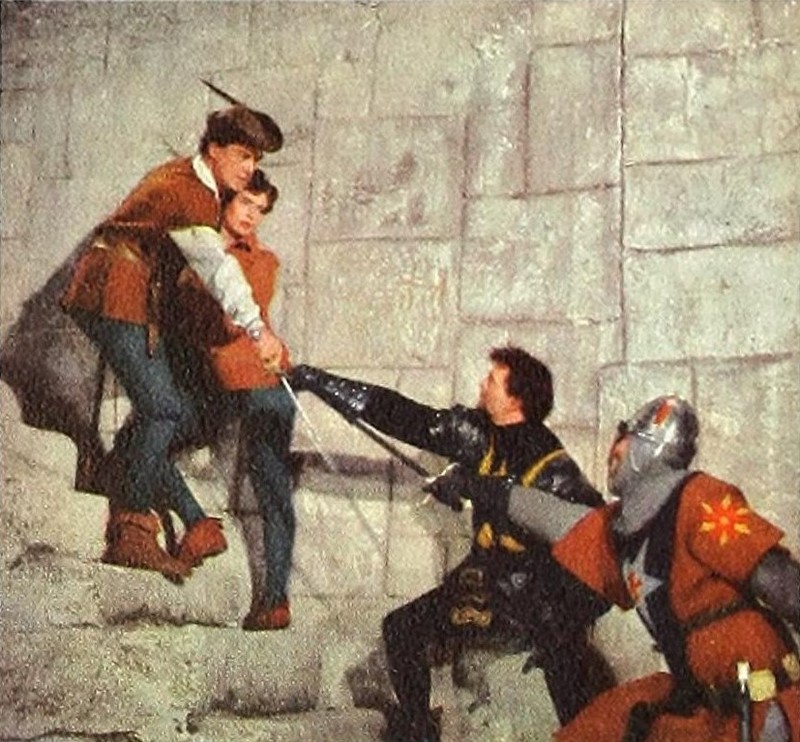
Robin Hood. Rapiers don’t really start to appear until the 16th Century. Even so, some movies confuse the Rapier with the later and smaller Small-sword, which is an entirely cut oriented weapon.
The Katana

Some of you might be thinking that there is a sword that can cut through armour like butter; the Katana. The samurai Katana can also probably cut through other swords too. When it comes to discussing swords on the internet, there are usually 3 types of people; people with a casual interest or a curiosity, people who get a bit nerdy about swords,
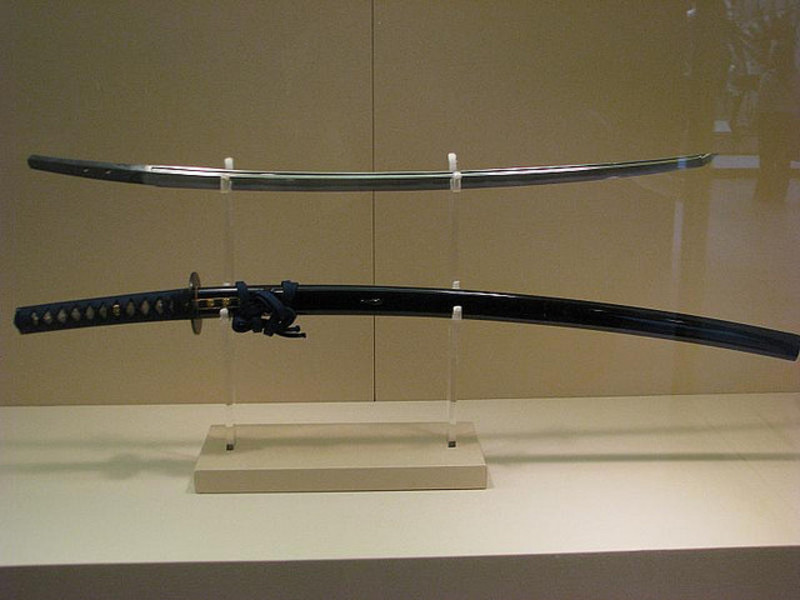
and people who think the Katana is the greatest sword ever. The truth that the 3rd type of people have difficulty swallowing is that the Katana is only okay; it has its strengths and weaknesses like all swords, but is largely flawed on a chemical level. There is a reason samurai would spend a lot of time training,
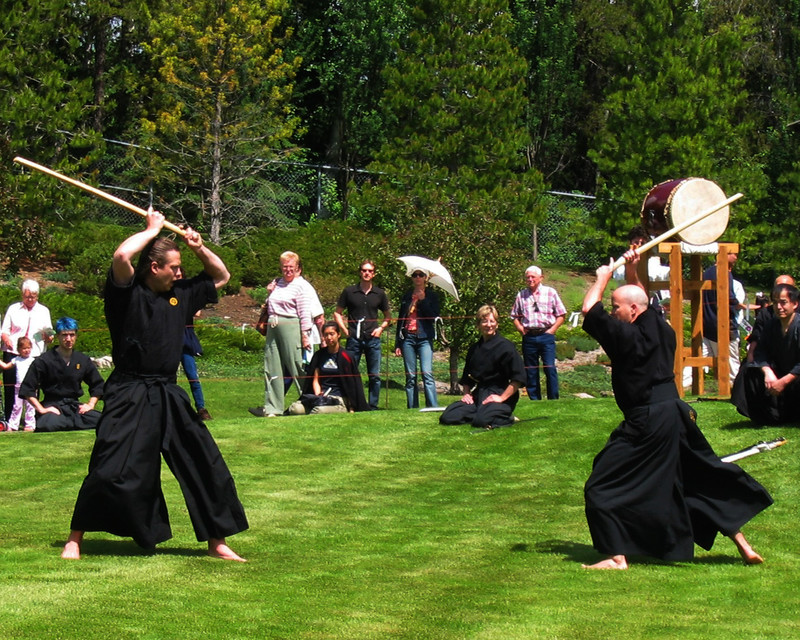
usually with wooden swords, and that reasons is that katanas were fragile swords that could break very easily with improper use. You may have heard that the steel used to make katanas was folded many times for super strength by the smiths.
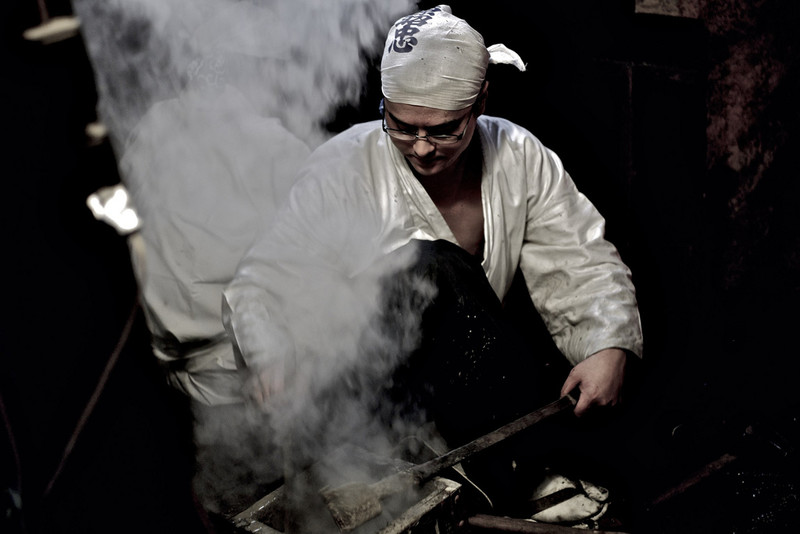
Traditional Japanese swordsmiths would probably fold the steel a maximum of 8 times, and the reason they did it was not for super strength; it was an attempt to get any strength from the steel at all. Japan always had an issue with steel quality and the apparently magic metal ‘Tamahagane’
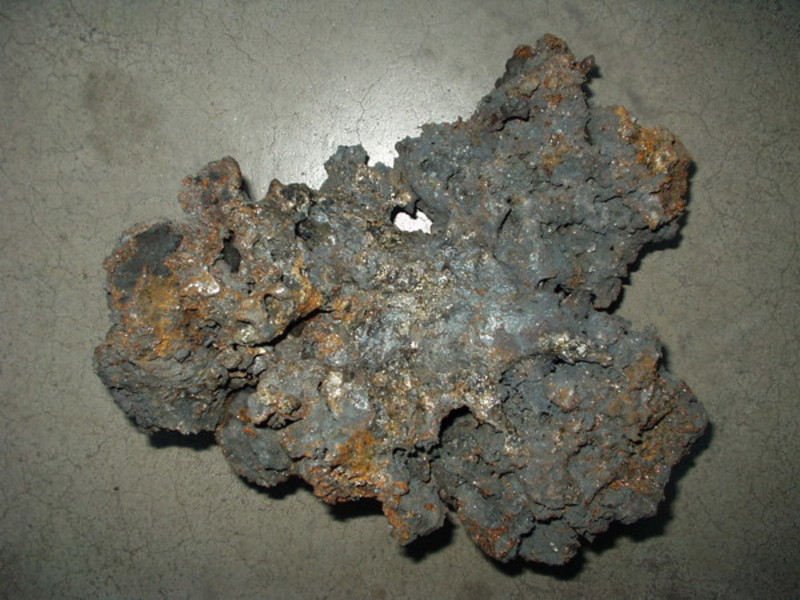
that traditional Katanas are made from is actually pretty poor. In the west, we’d call it ‘pig iron’, and its generally got way too much carbon in it; all that folding of the steel is get rid off that excess carbon that would make the sword even more fragile if left in.

Since I’ve already mentioned that a sword can’t cut through metallic armour, it stands that reason that a sword can’t cut through another sword, especially one as fragile as a Katana, which is more likely to break itself attempting such a feat.
Cutting Through Metal Armor
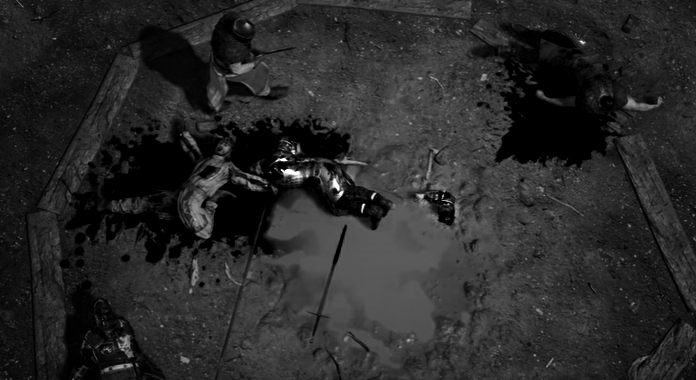
Video games and movies alike are guilty of perpetuating this myth whereby a strong sword blow will cut straight through someone’s metal armour and take off a limb. The truth is simple: if metal armours were as effective as paper,
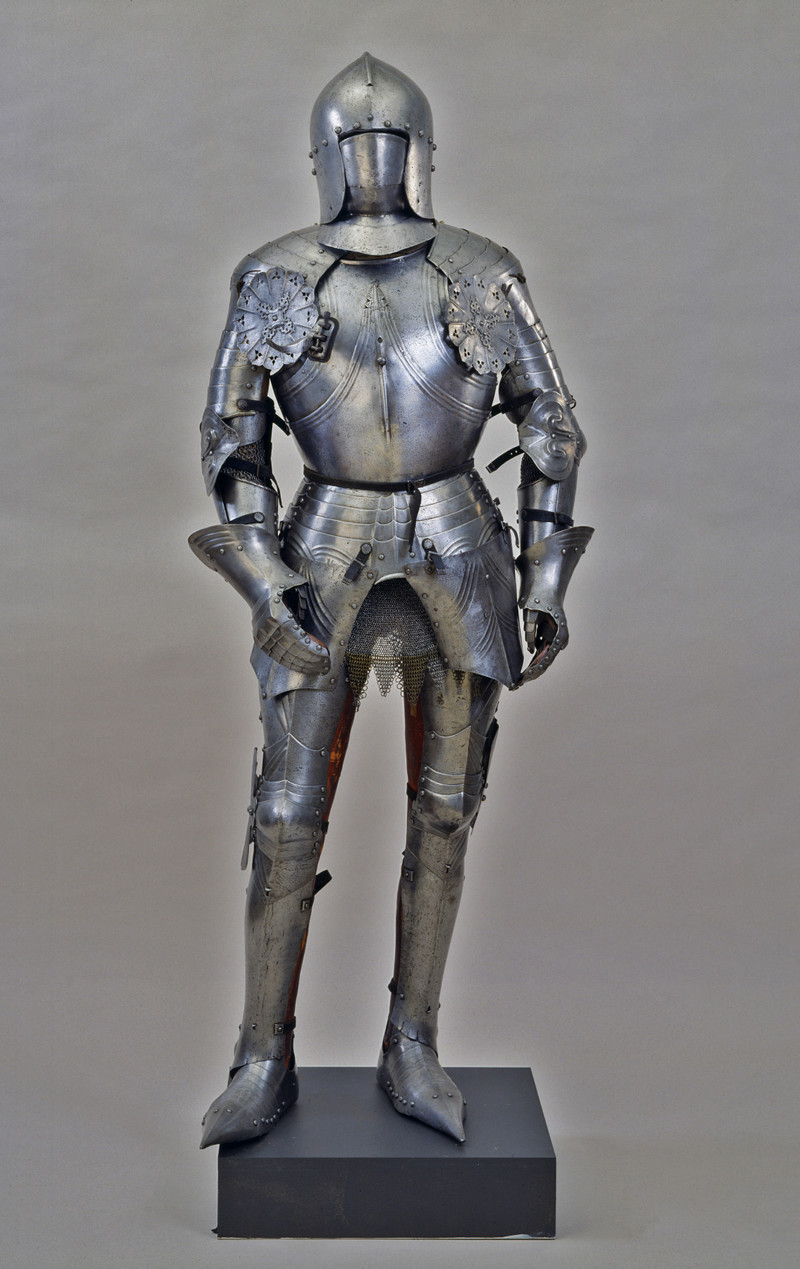
why would anyone have used them? Metallic armours like mail and plate are not something even a super sharp sword could cut through. In fact, a blunter sword might be more effective against an armoured opponent as the blunt force of impact would be what would do the most damage. Its because of this,
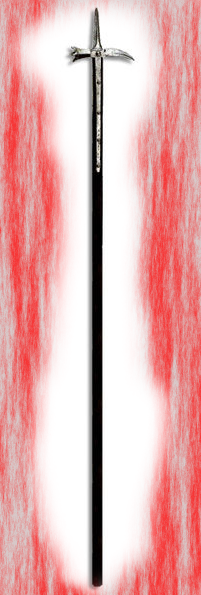
war-hammers and maces were the preferred weapons to use against an armoured opponent, as they were designed to deal maximum blunt force trauma. The mace was particularly good when used against an opponent’s joints and the war-hammer was designed to cave in and punch through plate armours.
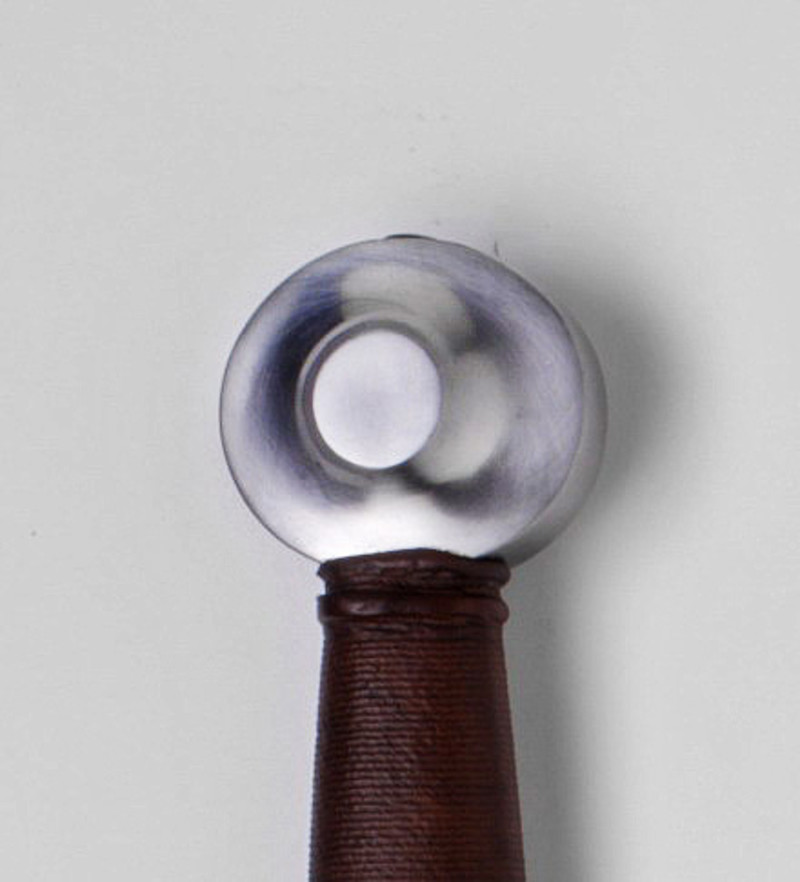
When dealing with an armoured opponent, a swordsman would have to rely on technique a lot more, aiming for gaps in the armour if they could find any. Its for this reason the Normans developed the pommel from a counter-weight into an emergency mace, allowing them to give their opponents a damn good ‘pommelling’ should the need arise.

In some cases, even the guard could be utilised offensively, such as with the ‘murder-stroke’ technique. By securely gripping the blade of long-sword with both hands, the quillons of the guard could be used like a small war-hammer to bust plate armour.
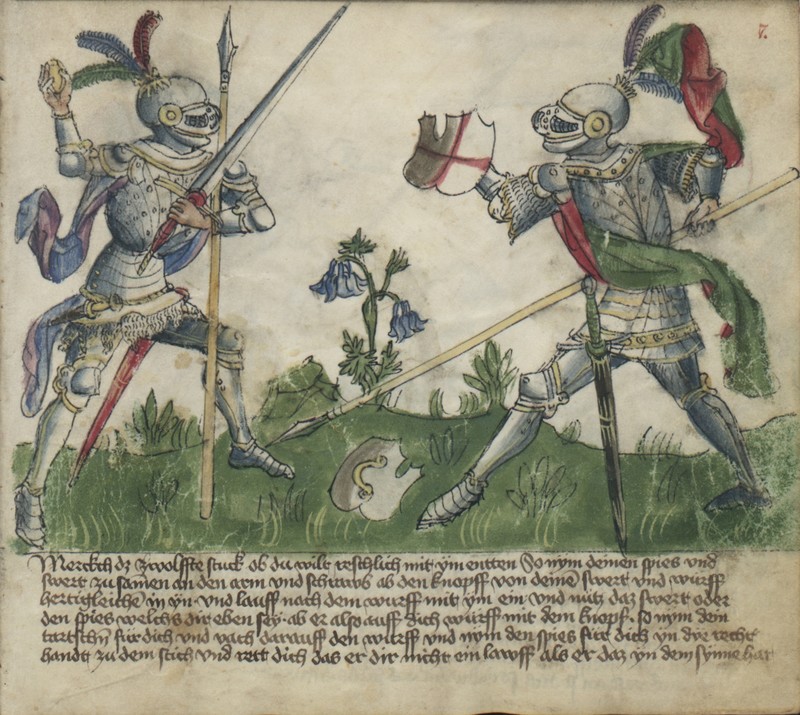
Axes too had enough weight behind them that they could often break armours, but without the strength and precision of a machine, a sword is not cutting clean through metal armour.
Hollywood Sword Fights
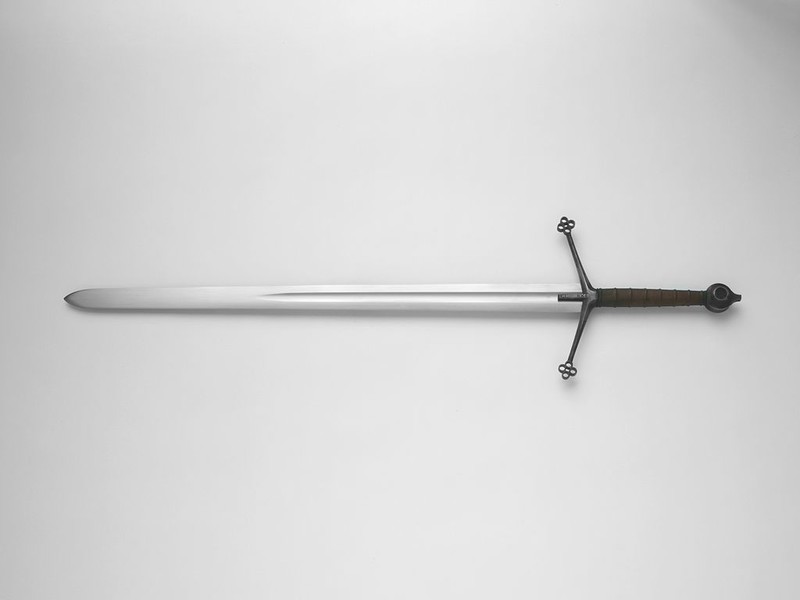
A sword: it’s a long piece of sharp metal designed to kill or injure a another person. There can’t really be a lot using one? It turns out that there is,

and it can be far more complex than even Hollywood’s sword-masters would have you believe. Movies like Kill Bill feature some truly epic fight scenes in them, though there is probably more truth in Lucy Liu’s character’s words, ‘silly Caucasian girl likes to play with samurai swords’ in that movie then it would have us believe.
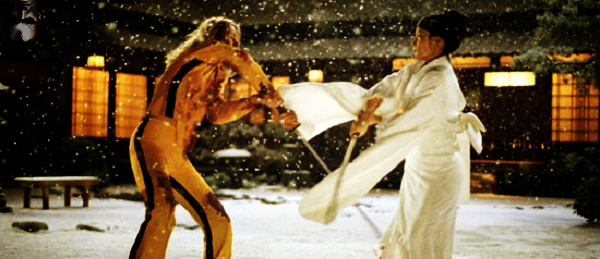
One thing movies tend to get wrong, but use a lot of in sword fighting scenes because of how cool it looks, is edge on edge parrying. You’ve probably seen it plenty of times on TV, movies and even cartoons; the swords will connect edge first as one person parrys the other. While this is not something that can always be avoided in an actual sword fight, most fencers seek to avoid it, instead, making use of the sword’s guard or a shield if they have one.

Edge on edge parrying like this only damages the blades, blunting and burring them, putting unnecessary stress on the steel. Swords designed for staged combat often have thicker edges designed to handle these impacts. There are many manuals written on the subject of sword fighting,

none give time to the photogenic edge on edge parry, and instead teach efficient techniques. A lot of what the manuals teach involve making a quick and effective kill, or taking a step from a bad situation. Depending on the type of sword and the style of fighting,
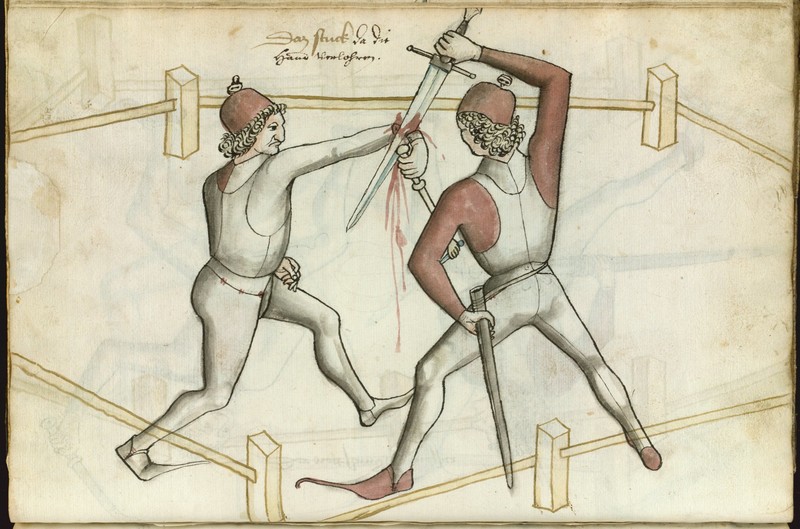
the fights will either involve quick, fluid motions, or a ruthless, well-placed beating. Sword fights will never involve the fighters having an extended expository conversation with swords locked up close to their faces.
Quenching Swords in Blood
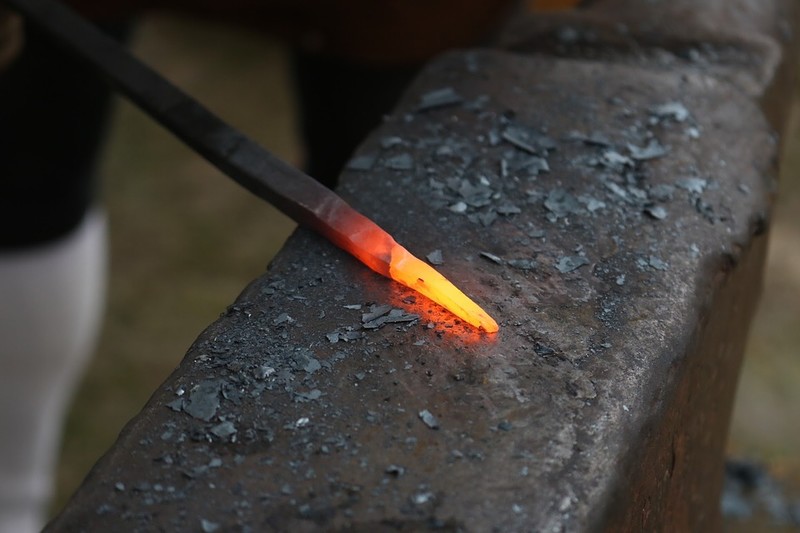
Having busted a popular myth-conception about the creation process of a sword, it's worth debunking another. You may have heard it in some legends that the best swords are quenched in blood,

usually by thrusting the glowing blade into a person, so give it a soul. As bad-ass as this sounds, it would actually be very stupid. For one, there are all manner of ethical issues surrounding smiths stabbing people with unfinished swords, but there are also a bunch of scientific issues with this too.
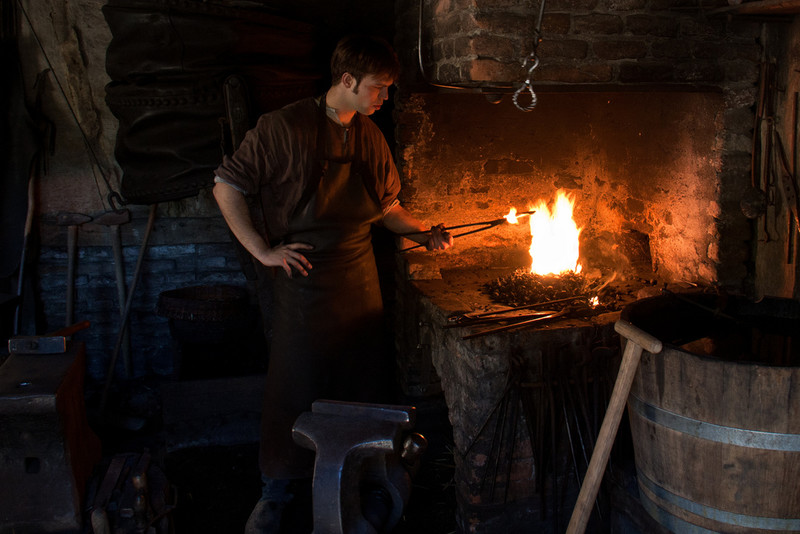
If a smith were to quench the glowing hot blade in the belly of handy slave or condemned criminal, the sword would likely bend and break. If a sword needs quenching, its still going to be very hot, and the metal will still be quite soft. If it so much as grazed a bone on entry into the unfortunate’s body, it would would bend, warp and harden incorrectly.
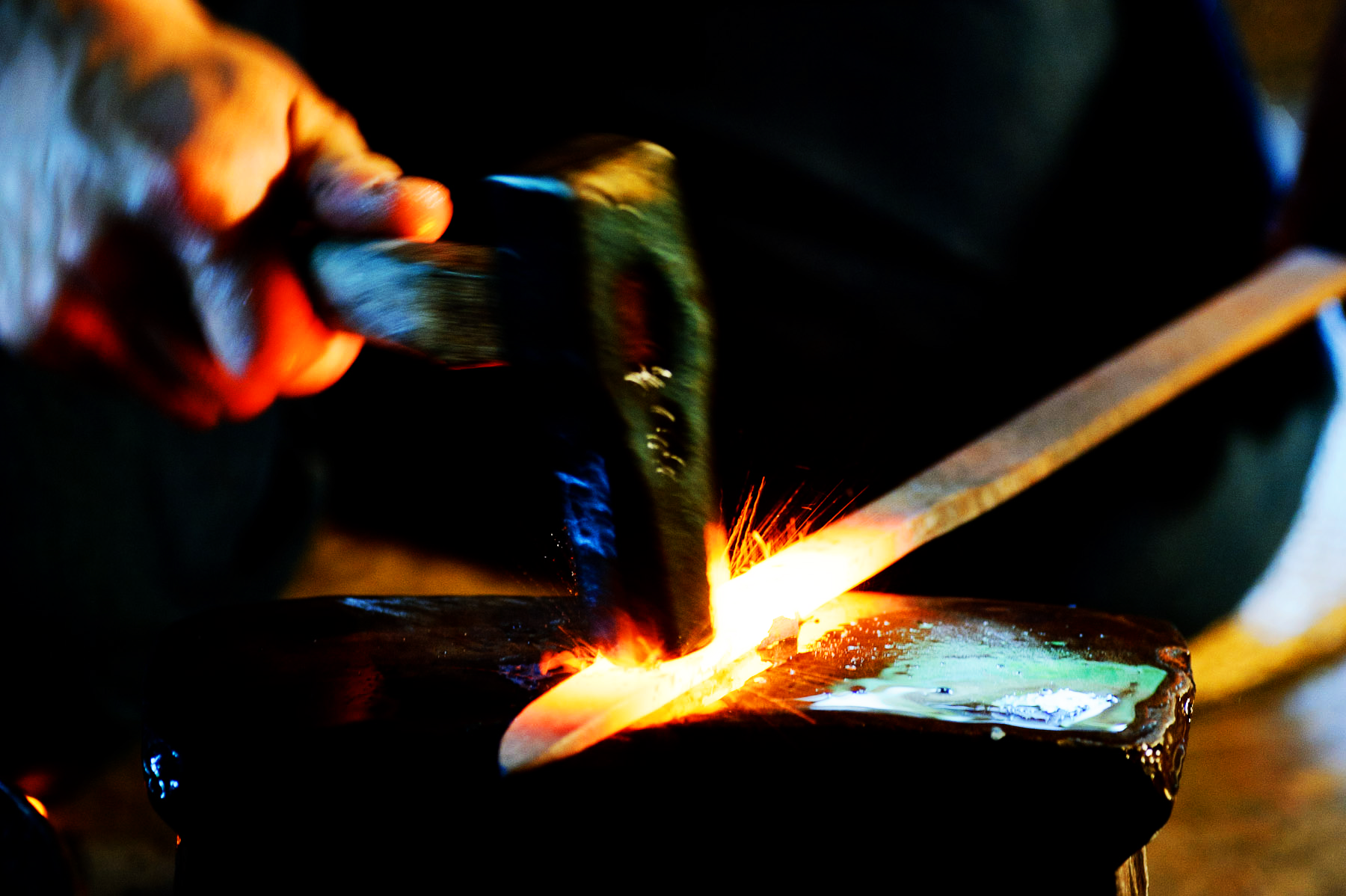
Blood alone would be straight up bad for any sword you quenched in it as it lacks the ideal chemical composition for quenching the steel. Salt water, or ideally, oil, would be much better at quenching the blade. A good smith would rather us peanut oil than blood; it does the job better and is much cheaper, and a lot less messier.
Casting Swords
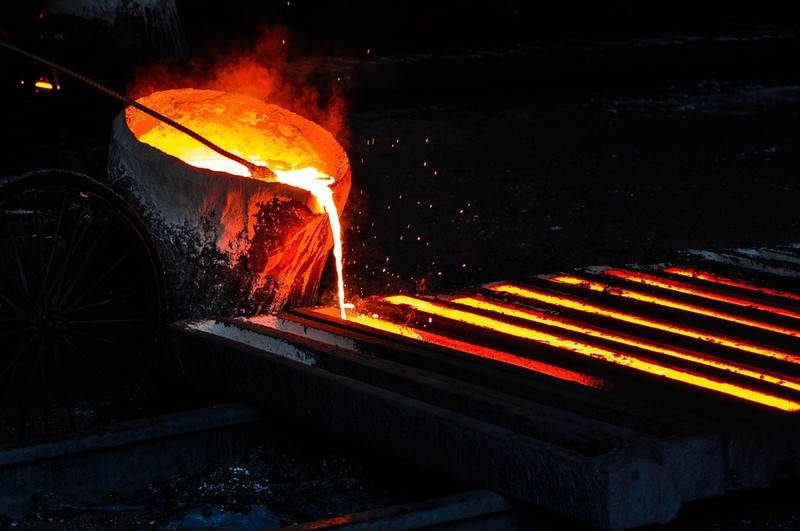
The creation of a sword is often depicted in the media as almost an ethereal process, and probably involves two sweaty blacksmiths pouring glowing orange steel into a mold. Eventually, as it cools, the would-be blade is taken out of the mold and beaten into shape on an anvil before being sharpened. As much as this might make for a rather cinematic scene,
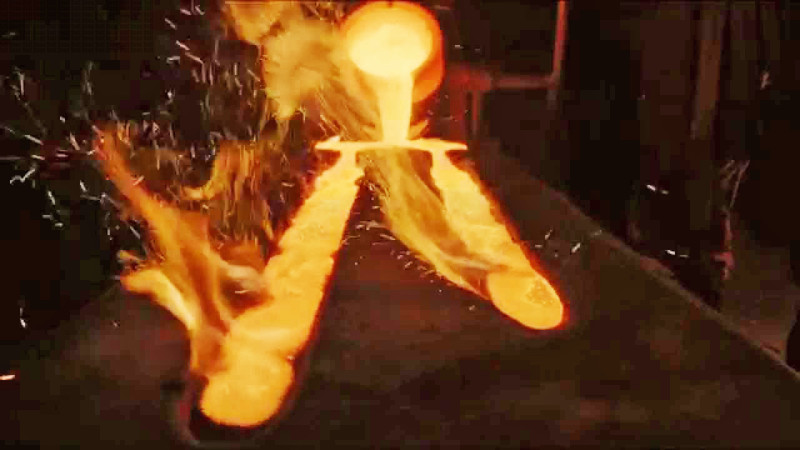
it would also make for a rather terrible sword. Both Conan the Barbarian movies get this wrong, and so does Game of Thrones with the creation of ‘Oath-keeper’. Casting steel like this is not something you would ever do for a sword unless you wanted nothing better than a wall hanger. Swords made this way would break very quickly in combat.
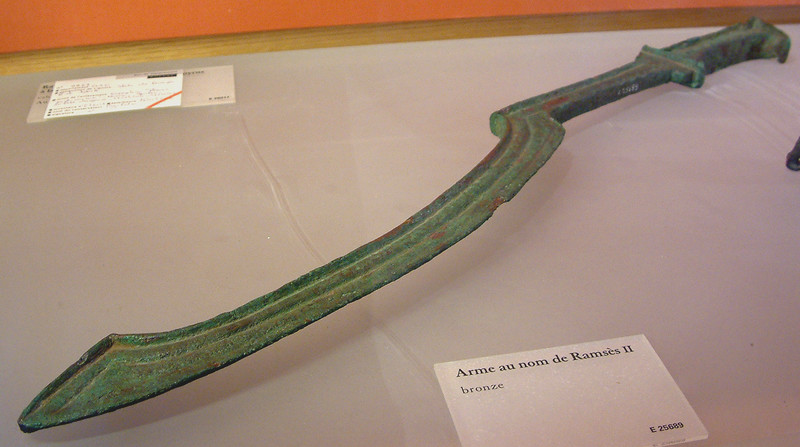
Back in the Bronze Age, when Bronze was the go to metal for tool and weapons, casting the copper alloys in this cinematic way did actually produce some decent swords like the Egyptian Khopesh. When the iron age came about and steel became the go to weapon material,
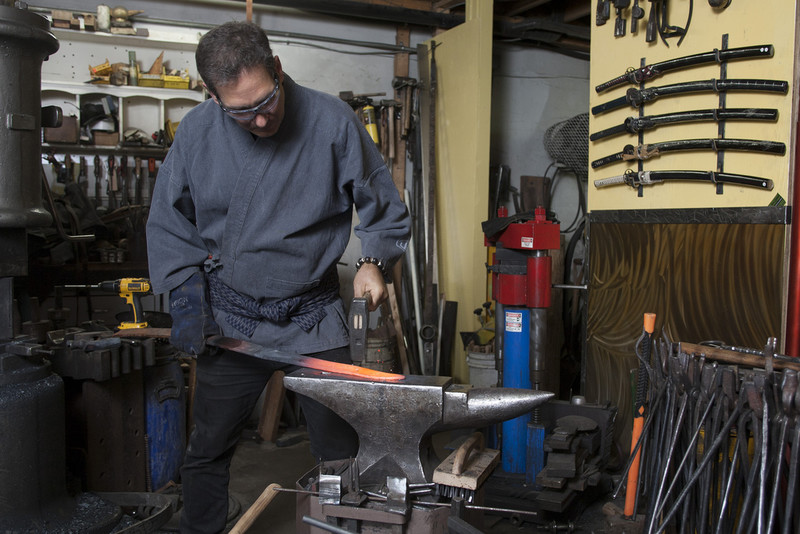
the creation method changed along with the material. In reality, battle worthy swords start off by heating the steel in a forge before hammering into shape several times over several hours. Once the lump of steel is the desired shape, and has been allowed to cool, it will be ground into its final shape, before being heated and cooled a few times more,
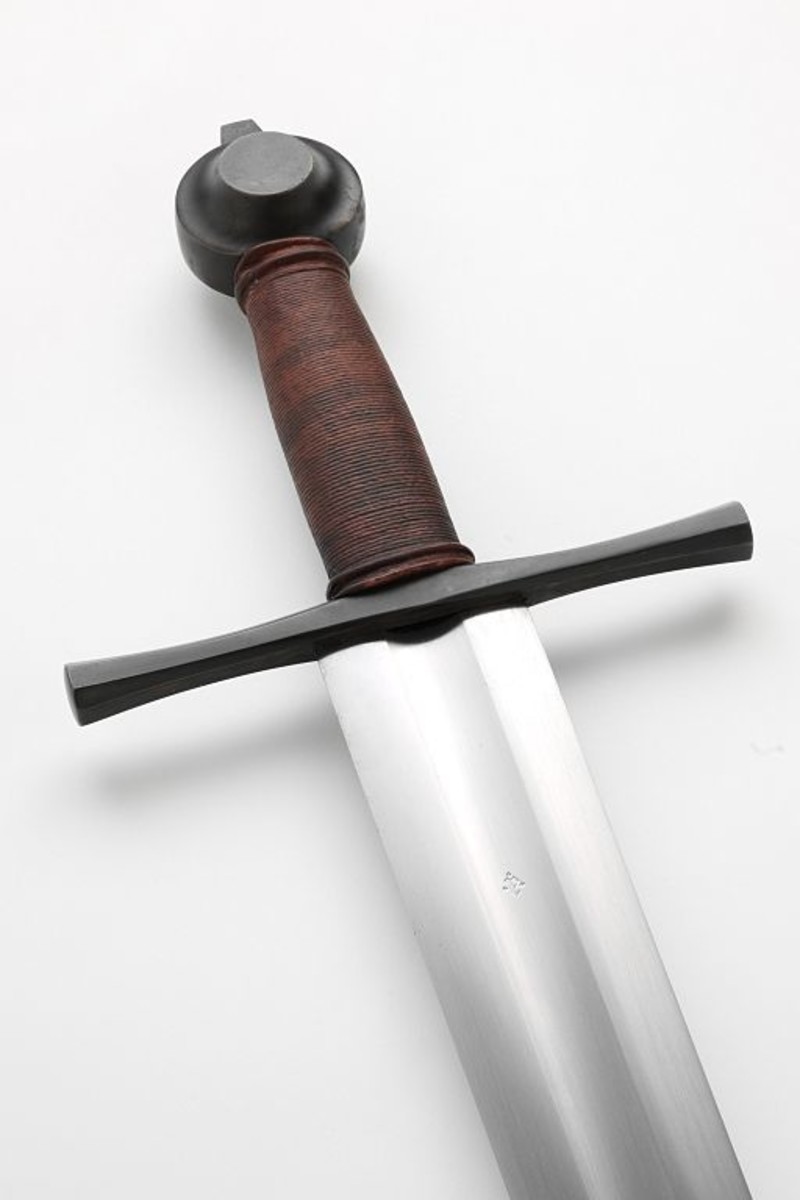
to allow hardening and tempering. Eventually, the blade will be edged and the hilt, pommel, and guard, will be added.




